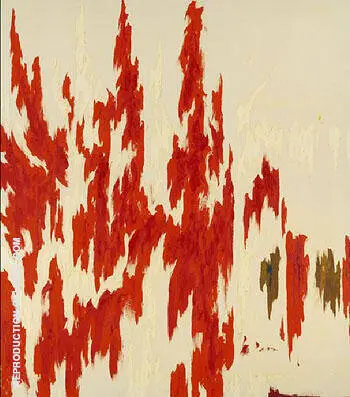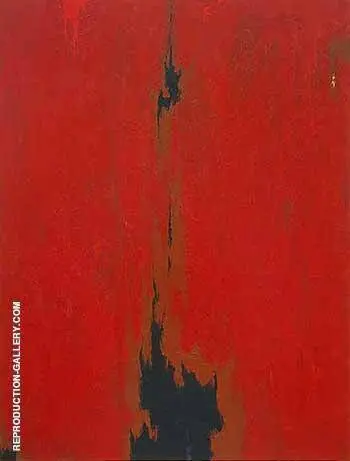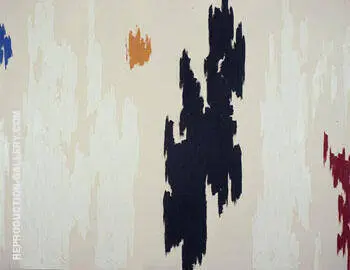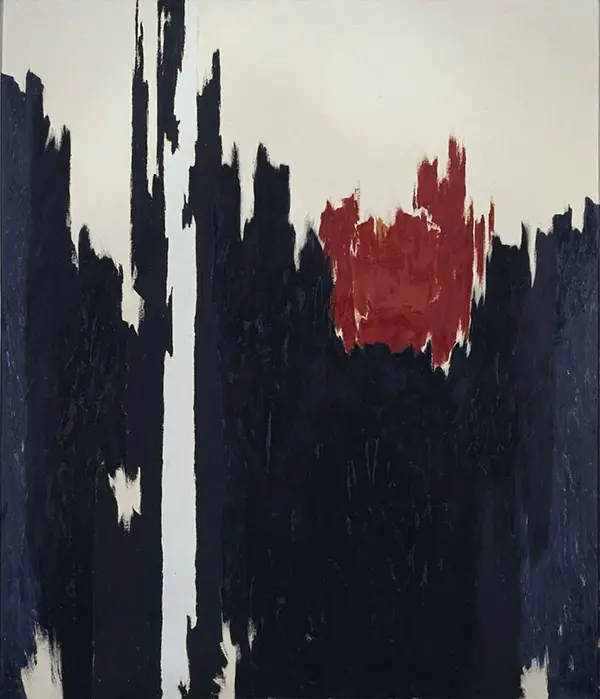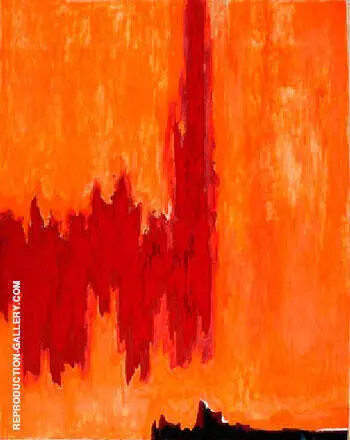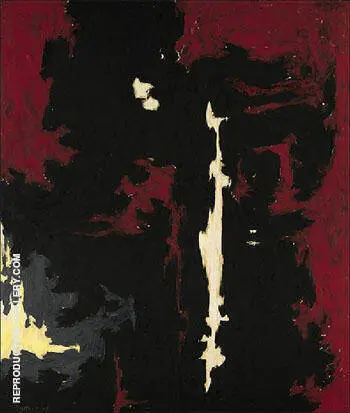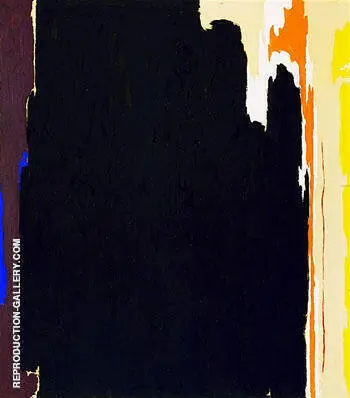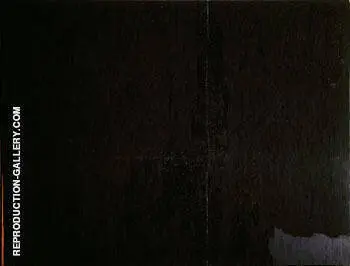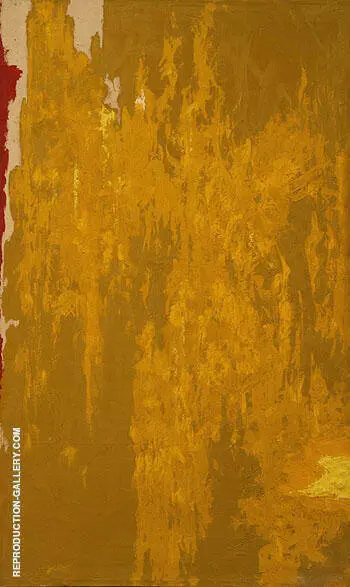Abstract Expressionism Art Oil Painting Reproductions
Find Abstract Expressionism Art Oil Painting Replicas by Abstract Expressionism Art Artists
What Is The Definition Of Abstract Expressionism Art?
Abstract Expressionism Art is the creation by an artist of paintings that are both abstract in form. They are also expressive and emotional in appearance and effect, with the artist seeking to create an emotional response in the person looking at the painting. Abstract Expressionism art was used in Germany in 1919 to describe German Expressionism and again in 1929 to describe the paintings of Wassily Kandinsky. Also known as the New York School, the Abstract Expressionist movement began in New York in the 1940s. The group of Abstract Expressionist artists is not a formal association. However, all of the artists share a desire to break away from the accepted conventions of mainly European art.
Abstract Expressionist art is the first American movement that grew after World War 2. American artists and the Abstract Expressionist movement placed New York City at the center of the Western art world.
What Are The Characteristics Of Abstract Expressionism Art?
Abstract Expressionism art arises out of the Great Depression in America. During the 1930s, the general public displayed a lack of tolerance for social protests by artists in their work. Almost all abstract modern art paintings are large oversize paintings on a monumental scale. The impression the artist seeks to create for the viewing audience is spontaneity. However, the colossal size of the paintings involves careful planning before painting on canvas commences. The abstract expressionists are not trying to create a finished painting to express their feelings; they are saying those feelings in the actual act of painting itself. The result is almost a byproduct of that expression. There are two distinct forms and styles of abstract expressionism painting.
Action Paintings and Color Field Paintings
Jackson Pollock, Willem de Kooning, Franz Kline, and Robert Motherwell are famous action painters. Pollock, in particular, is known for his unusual style of placing raw canvas on the ground. He is known for haphazardly splashing, dripping, pouring, and flicking paint on the canvas to achieve the desired effect. He often reworked his paintings several times to add more detail. The other main form of abstract expressionist painting is the color field painters, best represented by Mark Rothko. Other famous exponents of this style are Barnett Newman and Clyfford Still.
The Color Field painters also created oversize wall art. Still, Mark Rothko's paintings show a very subtle use of paint and generally observe excellent detail. Rothko's process is much slower than Pollock's rapid, almost manic dripping and pouring. Rothko painted in blocks of color fields with bright colors in irregular rectangular canvas sections. Colors are applied in stages to see the underlying colors through the top, creating a shimmering effect. Although abstract expressionist painting is perceived to be dominated by a group of male artists, there are also important female artists. For example, Jackson Pollock’s wife, Lee Krasner, American artist Helen Frankenthaler and Willem de Kooning’s wife, Elaine de Kooning, to name just a few.
What Makes A Painting Abstract Expressionist Art?
Although many broad painting styles cover the term abstract expressionism, some characteristics overlap the work of abstract expressionist painters. A degree of abstraction is employed, depicting unrealistic forms in the real world. Spontaneous emotional expression in the use of paint and significant variations in the execution of their paintings achieve this end. The large-scale paintings overpower the viewer. The application of paint derives from the work of the Surrealists. Abstract Expressionists move away from the previous conventional structuring of a composition.
Who Was The Father Of Abstract Expressionism?
Abstract expressionism harks to the style of Russian artists, particularly Wassily Kandinsky, in the early 20th century. However, two painters are the forerunners of the abstract expressionist movement. These are Arshile Gorky, originally Turkish but who emigrated to the United States in 1920, and Hans Hofmann, a German painter. Both painters share a common experience of living in Europe before coming to America. Both artists saw the work of the famous and previously influential European Expressionists and the Surrealism artists before fleeing a war-torn Europe for safety in the USA.
Arshile Gorky was known for his use of liquid paint, and Hofmann for his textured use of brushstrokes and intense colors. Hans Hofmann’s painting, Spring 1940, is one of the earliest paintings to use a paint-dripping technique that is so famously seen in Jackson Pollock art. Hofmann taught at the Art Students League in New York City from 1933. The following year, he opened his schools in New York and Provincetown, Massachusetts, notably teaching Lee Krasner, Jackson Pollock’s wife, and Helen Frankenthaler, among many other well-known abstract impressionist painters.
Who Were The Main Artists Of Abstract Expressionism?
The most prominent abstract expressionist painters are Jackson Pollock, Willem de Kooning, Franz Kline, Mark Rothko, Joan Mitchell, Clyfford Still, Helen Frankenthaler, Barnett Newman, Adolf Gottlieb, Robert Motherwell, Lee Krasner, and Elaine de Kooning.
Who Is The Most Famous Abstract Expressionist?
Abstract expressionist art divides into two main groups of artists, action painters, and color field painters. It is reasonable to say that there are two most famous abstract expressionist painters from each category. Jackson Pollock is the most renowned action painter, and Mark Rothko is the most famous color field painter.
What Are The Examples Of Abstract Expressionism Art?
From the action painters, the works of Jackson Pollock are undoubtedly the most famous examples of abstract expressionist art. Paintings by Pollock have sold for the highest prices at auction and by private sale. Pollock’s 1948 painting, Number 17A, was bought by Kenneth C. Griffin, a hedge fund manager, for $200 million in 2016, a record-breaking price for a modern art oil painting. Pollock’s No. 5, 1948, was sold privately to an undisclosed buyer in 2006 for $140 million, making it the world’s most expensive painting. In 1973, the Government of Australia bought Pollock’s Number 11, 1952, Blue Poles, for $2 million, at the time the highest price even paid for a modern oil painting. Australia had a considerable outcry for such a large amount of money spent on a painting. Today, however, it must be seen as one of the most outstanding art purchases in modern times. Blue Poles will surely be the world’s most expensive painting if it is ever sold again.
Regarding the color field artists, the highest prices achieved in the art market are for works by Willem de Kooning and Mark Rothko. In 2015, hedge fund boss Kenneth C. Griffin also bought Interchange, 1955, for $300 million, making it the second most expensive painting ever purchased and part of the combined $500 million transaction for Interchange and Pollock’s Number 17A. Mark Rothko’s No. 6 Violet, Green, and Red sold for $186 million to Russian billionaire Dmitry Rybolovlev, the highest price for a modern oil painting by Rothko.
Abstract Expressionist oil painting reproductions are some of our most famous oil paintings.
Cannot Find What You Are Looking For?
Reproduction Gallery Information
Customer Service
(Send Us A Message)
Tel: (302) 513 3464






